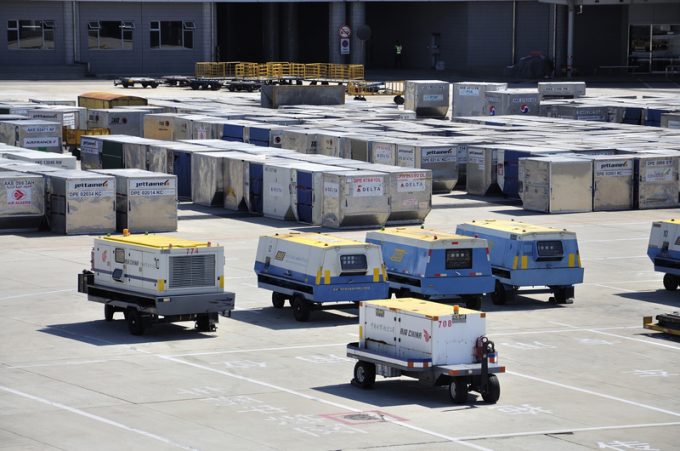Race to get goods out of Asia to the US by air as July deadlines loom
Demand may have plummeted on ocean transpacific lanes, but there is still just about time ...

Air cargo will be a critical area of resiliency for airlines and airports for the foreseeable future ? if managements make it a strategic priority
The passenger airline industry news these days is unremittingly bleak:
Commercial flights decreased 74% globally in April 2020 compared with April 2019.[1] Passenger ...
Comment on this article
michael sales
May 26, 2020 at 3:58 pmThis is an excellent review of our undervalued industry where a radical change of attitude is necessary. In the box which I have written for university students, I have tried to convey the value of air cargo as a career path that even today very few universities feature specific faculties for this. I believe that it requires a complete change of attitude within the industry to encourage high quality entrance and not people who are always looking to move into the passenger department.
Mark Diamond
May 26, 2020 at 5:16 pmThanks for your comment, Michael, I couldn’t agree more.
Mery Kery
May 27, 2020 at 5:29 amTrue. Due to COVID-19, the commercial flights are not working the way it was used during pre-covid and now these commercial flights are used for transporting cargos.
The information shared here is quite useful. Thanks for sharing.
Mark Diamond
June 02, 2020 at 3:42 pmThanks for your comment, Mery!
Ingo Roessler
May 31, 2020 at 7:13 amTotally agree. Most importantly they need to invest in human capital as air cargo is a true business-to-business activity. Cargo shouldn’t be the „dumping ground“ for failed passenger executives any longer and certainly need savvy investment into IT infrastructure.